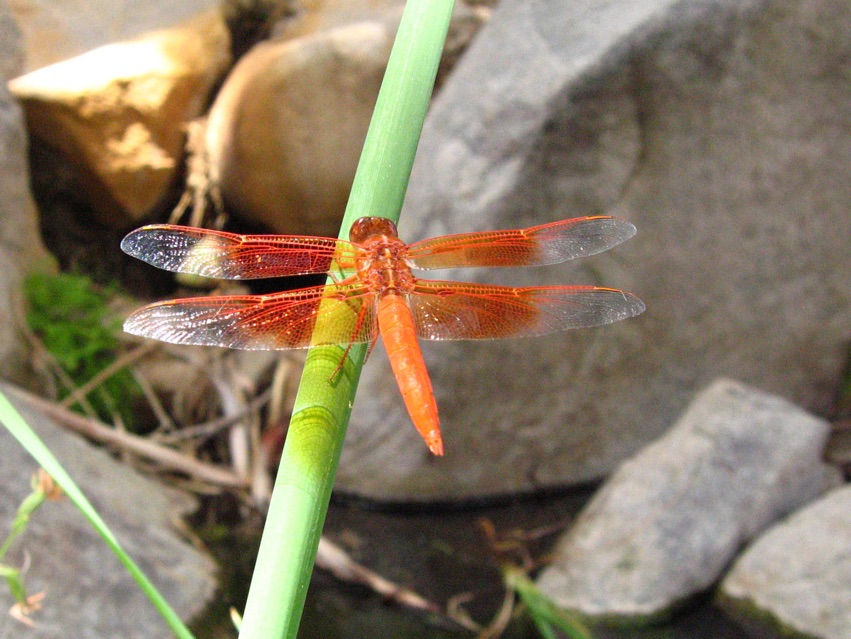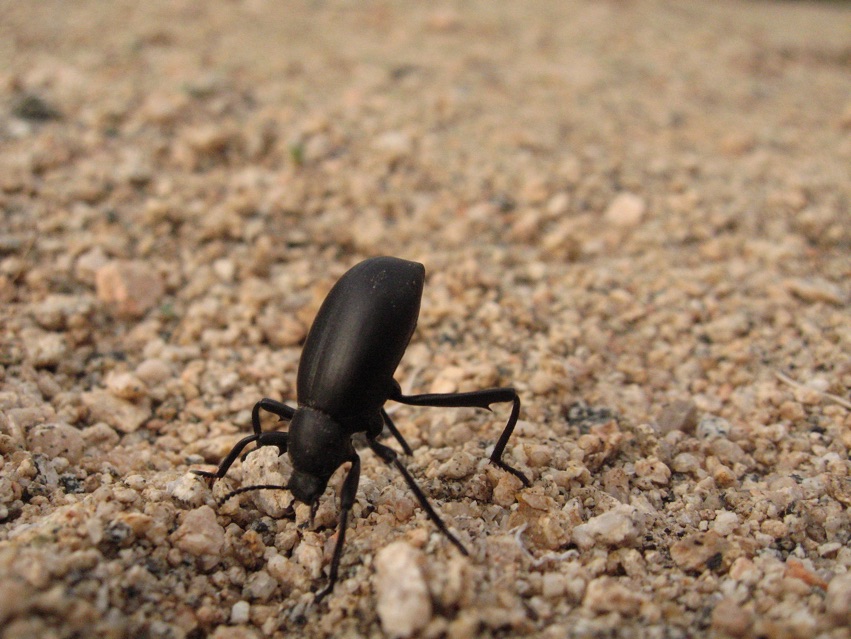Photos: Amazing Insects of the North American Deserts
Desert dragonfly

Wherever small ponds of water are found across the North American deserts, so too are the desert dragonflies. Some 117 species of dragonflies have been identified across the American deserts, and if you add in their close damselfly relatives, that number jumps to nearly 200 different species. Shown above is the Flame Skimmer, Libellula saturata, which can be found near hot springs from Idaho southward into northern Mexico.
Clown beetles

Some desert insects have truly unique defensive behaviors. Such is the case of the pinacate beetle, Eleodes obscurus, shown here. These common darkling beetles are also known as "clown beetles" and "stinkbugs." The pinacate beetle is often found simply strolling across the desert soil seemingly unconcerned about potential predators. If approached by a predator, this beetle will quickly take up a defensive position with its head on the sand and its abdomen high into the air. If the predator continues to approach, the pinacate beetle will excrete an oily, musty spray that most often results in the beetle escaping from being the predator's meal.
Insects of the North American Deserts

The insects of the North American deserts have evolved well for not only living but thriving in the harsh conditions of the deserts. They have evolved to survive without a daily sources of liquid water, in heat that would shrivel most living things and in soil that is often best described as solid rock. They are a vital part of many desert food chains and serve, like insects across the world, as Mother Nature's recyclers, builders and change agents of the natural environment. Their many colors, shapes, sizes and behaviors are all testaments to the amazing natural world in which we all live.
Get the world’s most fascinating discoveries delivered straight to your inbox.


